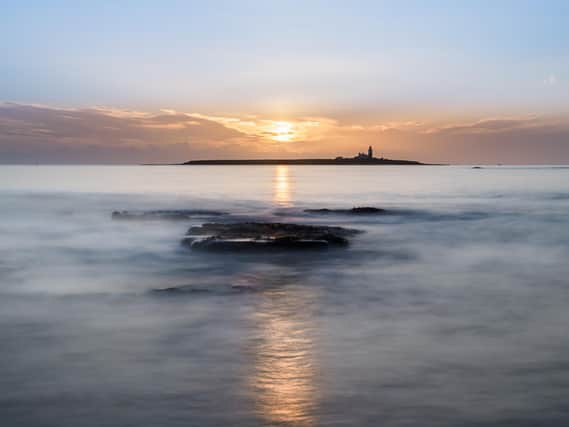CAMERA CLUB: Style brings substance to images


But there is something more to that scene and, indeed, the entire film. The style of the entire production is stunning.
Recently, I bought a Box Brownie. All you had to do with them was look down through the viewfinder, compose the shot and press the shutter. There have always been fully automated cameras where all you had to do was point and shoot. 35mm compacts, 110 Instamatics, Polaroids and most phone cameras offer little in the way of control to their user. Consequently, their resulting photos are greatly restricted by their design: a single focal length, no aperture control, no manual shutter value adjustments nor, except for most phone cameras, the ability to choose where to focus. That may seem disadvantageous, however there is another way of looking at it. You can use these restrictions to create your own style. Having a single focal length, for example, can give continuity to the look of a series of photos, and that’s one of the good reasons to work with prime lenses. Indeed, many movies are shot with one focal length throughout. That gives them a singular look and feel. So, next time you watch a film, observe the way the shots cohere in their depth of field and their angle of view. For example, contrast the close conversational style with shallow images of To Have and Have Not with the wide sweeping views with front to back sharpness of Steven Spielberg’s work.
Advertisement
Hide AdAdvertisement
Hide AdSomething else we can learn from the cinematic style is the use of colour. Many films will restrict the colour pallet, sticking with two complementary colours in each scene. Those colours are carefully selected to reflect the mood of the shot as different colours have different cultural meanings for us.
Furthermore, that colour scheme may get repeated when similar themes are revisited, in much the same way that musical themes are repeated in a film when individual characters appear, or action or love scenes are repeated.
Continuity of lighting is also an important aspect of creating your style. In old black and white movies, strong contrast, deep shadows and low angled lighting were all important. Look at stills from Carol Reed’s classic film adaptation of Graham Greene’s The Third Man, they are reminiscent of the chiaroscuro style of the 17 th Century artist Caravaggio’s paintings such as The Calling of Saint Matthew.
Finding your style in photography doesn’t necessarily mean sticking to a single look or just one type of photography. I enjoy shooting landscapes, but just as happy pointing a camera at people or wildlife or creating an abstract. However, in each genre, I try to create a series of shots with one look. That look is dependent upon the choice of subject, the camera I use, the focal length and aperture of the lens, the composition and positioning of the camera, the lighting and how I develop the image later. However, that doesn’t mean I have to stick with that style forever. It may evolve into shooting a particular scene in a different way another time.
Advertisement
Hide AdAdvertisement
Hide AdBecause I run photography workshops, I must be proficient at many different photographic disciplines. But this isn’t necessary for everyone. If you don’t enjoy street photography, then don’t do it. If landscapes aren’t your thing, then you don’t have to master that. But whatever your speciality, find and develop your own style.